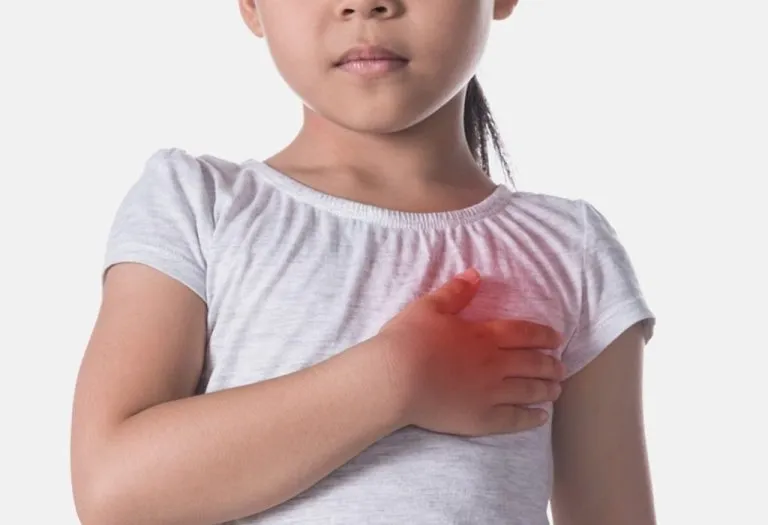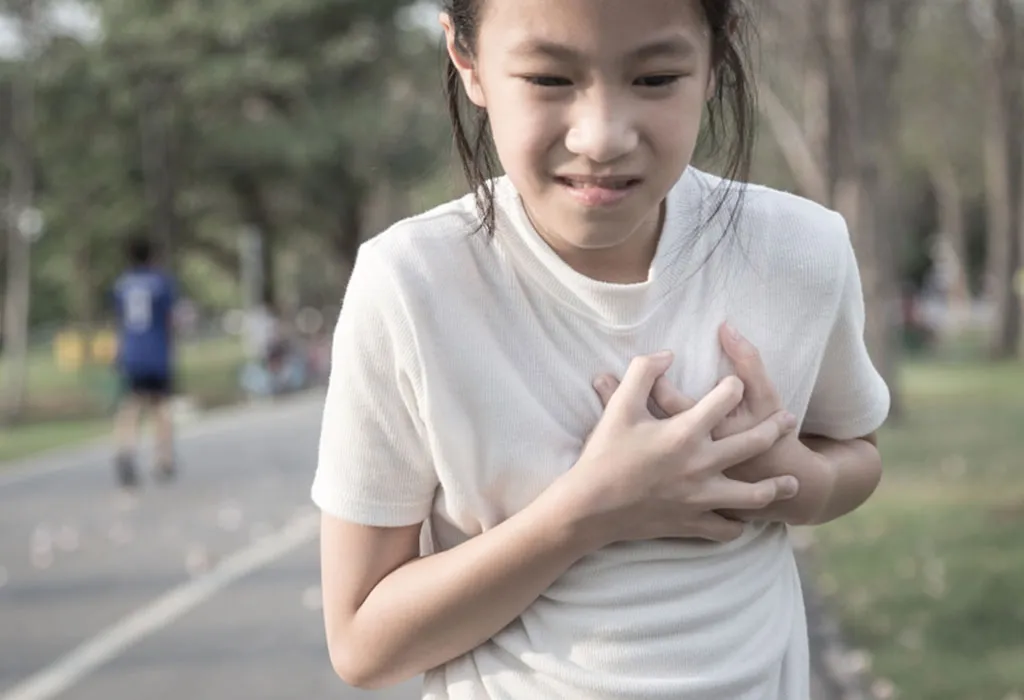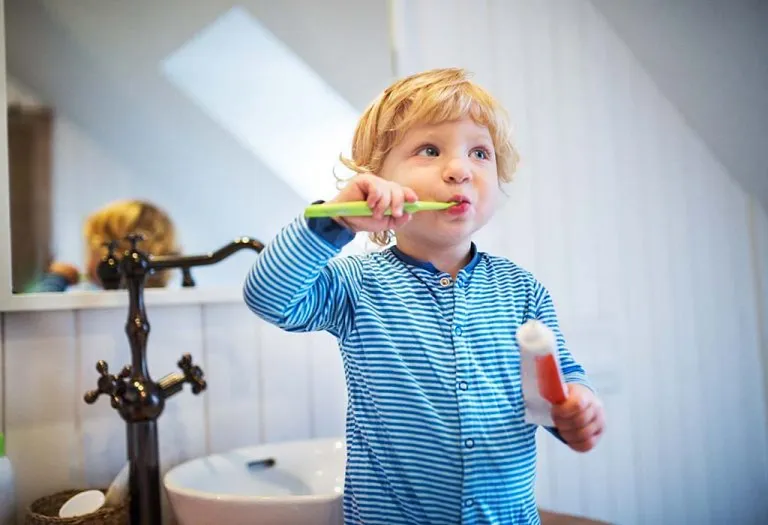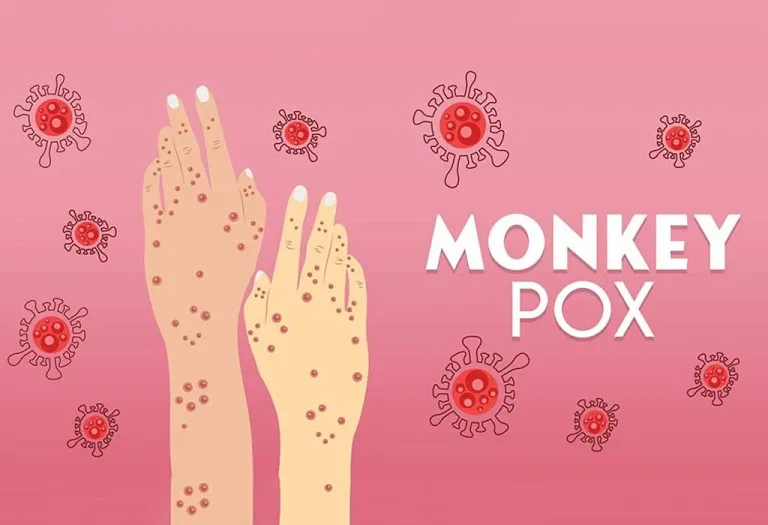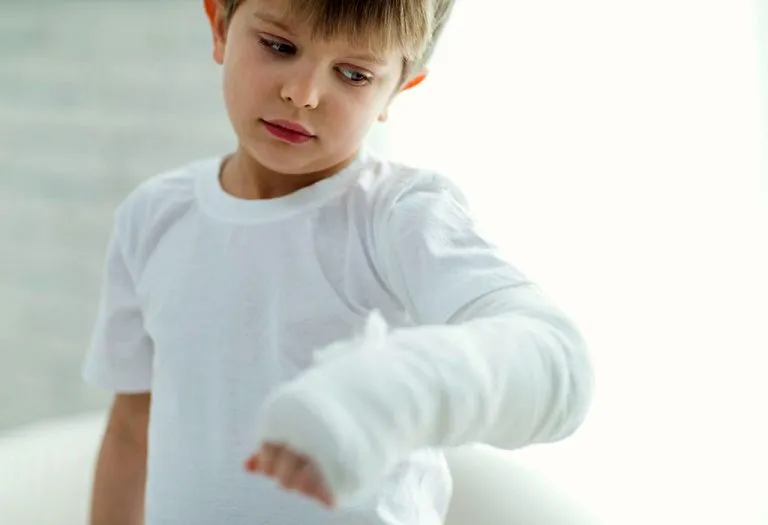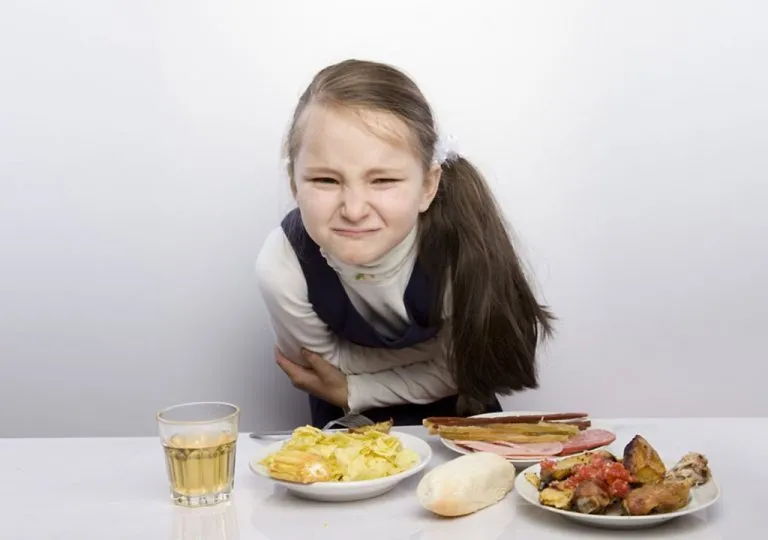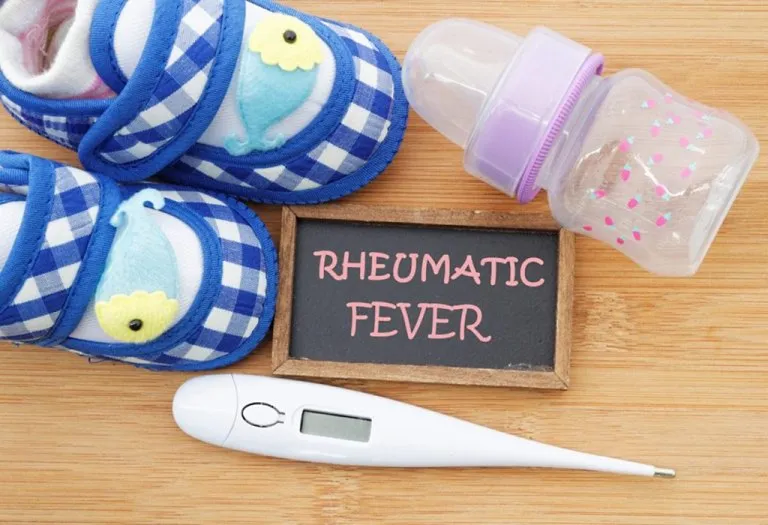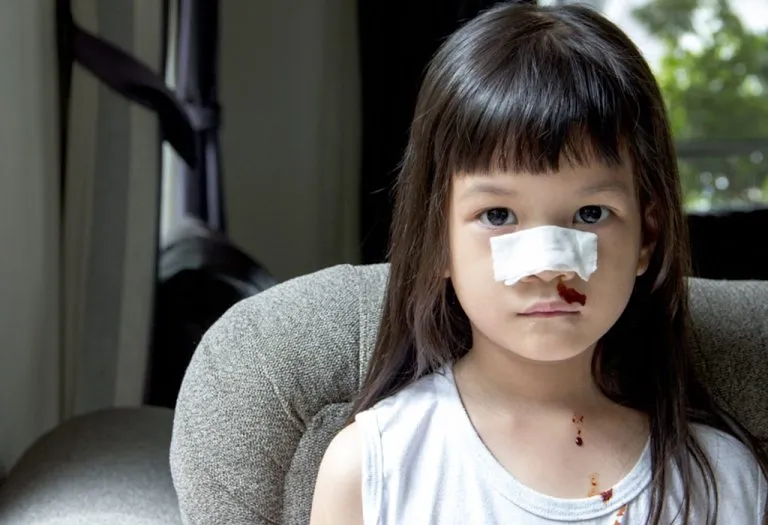Chest Pain in Children – Causes, Symptoms and Treatment

Not every instance of chest pain is a heart attack. It may denote an acute heart condition or heart attack in adults who seem to have compromised health. However, if your child is experiencing chest pain, it’s likely not associated with a heart attack (1). Children are too young to experience a heart attack of natural causes unless they have an underlying medical condition. Only 1 to 4 per cent of chest pain in children is assumed to be cardiac; again, it is rare. Chest pain in children is linked typically to musculoskeletal causes and sometimes cardiac or other causes. In this post, we’ll discuss how serious chest pain in children is, what symptoms you should be aware of and what you can do to remedy them or provide relief.
Types of Chest Pain in Kids
Kids complain of chest pain or growing pain between the ribs and the breastbone between the ages of seven to teenage years. It is a common problem. This chest pain is mostly linked to viral illness, stress, or in most cases, musculoskeletal problems. The two most common forms of chest pain are non-cardiac and cardiac chest pains.
1. Non-Cardiac Chest Pain
Non-cardiac chest pain is pain that is not linked to the heart. Most commonly, it is pain that results from injury to the chest due to falling, or hurting the chest. This pain is harmless, and goes away with time, or can be relieved with the use of prescription medications.
2. Cardiac Chest Pain
Cardiac chest pain is linked to family histories of heart attacks and tearing of the aorta. This kind of pain is dangerous and needs to be looked into immediately when symptoms arise.
When You Should Worry About Your Child’s Chest Pain?
If your child’s chest pain is growing, and is accompanied by fever, you should worry and consider taking him to the doctor immediately. If your child’s heart rate is rapid, and he complains of a ripping sensation, they may be victim to Marfan syndrome, or have trouble breathing (2). Consider getting an emergency evaluation done in this situation.
Causes of Chest Pain in a Child
If you hear your child complaining of chest pain, look for visible signs and symptoms before visiting the doctor. But what can cause chest pains in a child? The two most common causes of chest pain in children are – non-cardiac and cardiac.
1. Non-Cardiac Chest Pain Causes
The causes of non-cardiac chest pains are (3) (4):
- Inflammation of the joints between the rib cage and breastbone
- Pneumonia
- Cold or flu
- Injury to the chest due to falling or accidents
- Acid reflux or ‘heartburn‘
- Swallowing foreign objects through the oesophagus
2. Cardiac Chest Pain Causes
Cardiac chest pain causes are linked to:
- Blockage in the coronary arteries, which carry oxygenated blood to the tissues of the heart
- Tear of the aorta
- Pericarditis: a condition that causes the inflammation of the sac surrounding the heart
- Heart viral infections
- Abnormal fast beating of the heart
Symptoms of Chest Pain
The following are the symptoms of chest pain in toddlers and kids:
- Injuries due to falling or getting hit in the chest
- Severe cough
- Stomach pain
- Chest pain in children with asthma
- Wheezing, coughing, or drooling
- Pain in the chest after eating due to regurgitated stomach acids
Diagnosis
For the testing children’s chest pain, doctors may do a physical exam that involves pressing against your child’s chest with a stethoscope to assess whether the chest pain comes from the walls of the heart or from the lungs and other organs. If a physical exam is not enough, your doctor may give your child an X-ray examination or in rare cases, an EKG (2).
How Chest Pain Is Treated in Kids?
If your child has chest pain due to pneumonia or infections, he may be prescribed an antibiotic. For conditions linked to inflammation of the joints near the heart or Costochondritis, treatment lasts between one to two weeks with over-the-counter anti-inflammatory medications like ibuprofen. For less severe cases or mild injuries, treatment is supportive care and rest followed by pain-relieving medications. For acid reflux conditions, over-the-counter medications may be administered to your child.
Taking Care of Your Child at Home
If the pain is mild or lasts for a short while, you can take care of your child at home. Consider supporting your child emotionally during the process by providing supportive care and encouraging adequate rest. You may consider giving your child ibuprofen or acetaminophen to relieve the pain.
During the first two days, consider using a cold pack to relieve sore muscles for 20 minutes a day. If the pain persists beyond two days, consider using a heating pad on the sore muscles for 10 minutes a day to improve blood circulation and promote healing. You can also give your child hot showers and encourage stretching exercises to relieve chest pain throughout the day.
For heartburn, do not let your child lie down after meals and avoid letting them overeat or wear tight clothing around the waist.
Prevention
There are certain lifestyle changes you can make to prevent chest pain in the first place. We recommend the following:
- No smoking in the house, and limit exposure to tobacco for children.
- Eating a healthy diet rich in essential vitamins and minerals and cutting down on sugars, processed foods, saturated fats, or anything that contributes to obesity.
- Avoiding exposure to asthma triggers, allergens, and environmental irritants
- Encouraging your child to lead an active lifestyle and play outside with friends or participate frequently in sports (5)
- Teach your child not to bend over 3 hours after meals
- Avoid consuming foods such as spicy meals, chocolates, and caffeinated foods, which worsen acid reflux symptoms. Skip carbonated beverages and sodas, too.
When to See the Doctor?
Parents or primary caregivers should be aware of these signs and have a medical consultation without any delay if a child complaints of a chest pain (6):
- Appears to have breathing difficulty
- Has a history of heart disease
- Has rapid heartbeat
- Appears pale and sick
- Has long-lasting pain with long and deep breathing
- Had a direct impact or blow on the chest
- Dizziness
FAQs
1. What is a heart attack?
Acccording to the American Academy of Pediatrics, heart attack is a medical emergency that happens when the blow flood to the heart muscle gets blocked. It could be due to a blood clot that blocks the blood flow to the heart. When the heart does not et oxygen from the coronary arteries, the tissue dies without oxygen (7).
2. Is it normal for a child to experience chest pain?
A light chest pain is fairly common among children. However, if it appears some other strong symptoms happen frequently, then this should be diagnosed without second thoughts.
3. How do I detect that the chest pain my child is having is serious?
If chest pain accompanies the following symptoms, then it can be considered serious, and you should seek immediate medical attention (6):
- Extreme fatigue and weakness
- Trouble breathing
- Bluish lips or face
- Fainting
4. What are the common illnesses that cause chest pain in children?
Costochondritis, stress, anxiety, injury, precordial catch syndrome, acid reflux, gastrointestinal and musculoskeletal are the common illnesses that could cause chest pain in children (7).
The occurrence of chest pain in children is not unusual. In fact, it is very common in toddlers and teenagers. Make sure your child eats healthy, sleeps on time, stretches every day, and doesn’t over-stress to avoid chest pain. In case you have a family history of chest pain or fear that your child’s condition is worsening, consider visiting the doctor. For chest pain that comes back often or is periodic in nature, we still recommend taking them to the doctor for emergency care and treatment.
References/Resources:
1. Chest Pain in Children and Adolescents; DukeHealth; https://www.dukehealth.org/blog/chest-pain-children-and-adolescents
2. Chest Pain in Children and Teenagers; Children’s Hospital of Philadelphia; https://www.chop.edu/conditions-diseases/chest-pain-children-and-teenagers
3. Chest Pain in Children: Is It a Heart Condition?; Johns Hopkins; https://www.hopkinsmedicine.org/health/conditions-and-diseases/chest-pain-in-children-is-it-a-heart-condition
4. Common causes of chest pain in children; Norton Children’s; https://nortonchildrens.com/news/top-7-common-causes-of-chest-pain-in-kids/
5. First Aid: Chest Pains; Nemours KidsHealth; https://kidshealth.org/en/parents/chest-pain-sheet.html
6. Chest Pain in Children: When Should You Worry?; Cleveland Clinic; https://health.clevelandclinic.org/worry-childs-chest-pain
7. Chest Pain in Children: Common Causes & When to Be Concerned; American Academy of Pediatrics; https://www.healthychildren.org/English/health-issues/conditions/heart/Pages/Chest-Pain-in-Children.aspx
Ear Pain in Kids
Neck Pain in Kids
Groin Pain in Children
Knee Pain in Kids
Foot Pain in Children
Was This Article Helpful?
Parenting is a huge responsibility, for you as a caregiver, but also for us as a parenting content platform. We understand that and take our responsibility of creating credible content seriously. FirstCry Parenting articles are written and published only after extensive research using factually sound references to deliver quality content that is accurate, validated by experts, and completely reliable. To understand how we go about creating content that is credible, read our editorial policy here.






